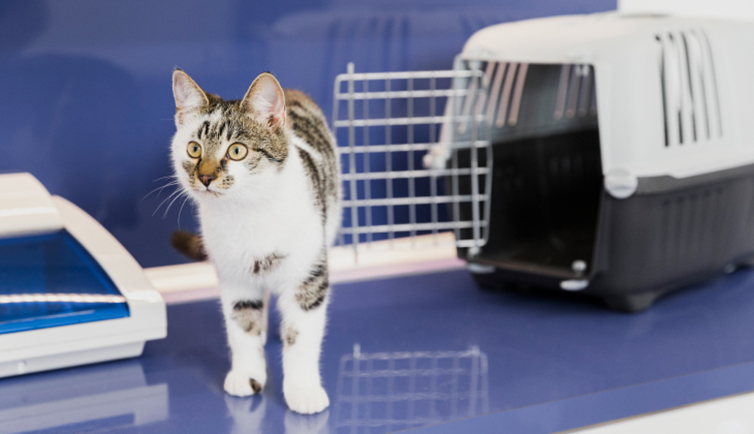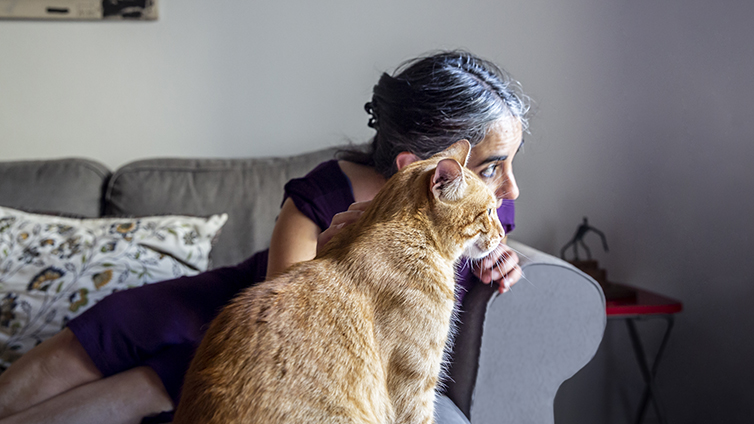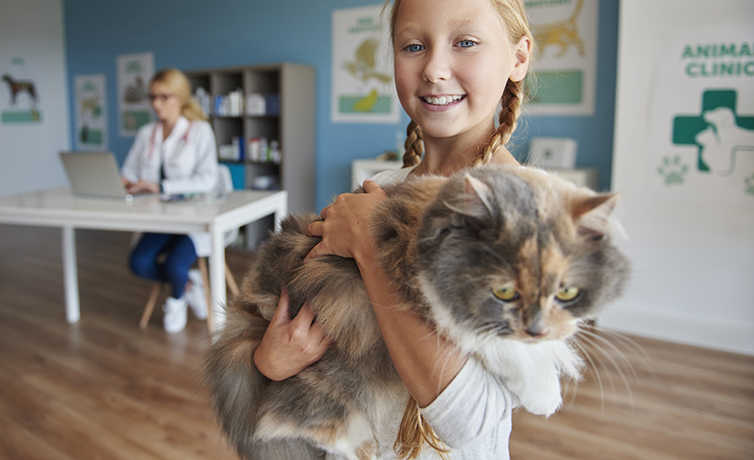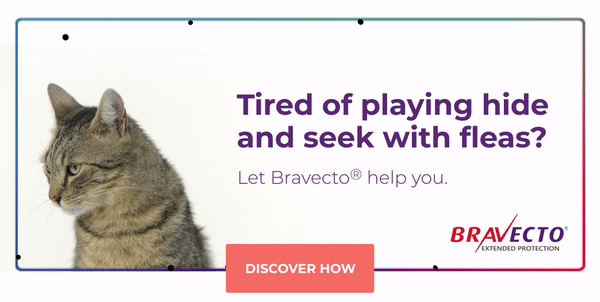Kitties – At Your Service!
Those of us who are fortunate enough to be pet-parents are obviously aware of the joy of sharing our lives with our furry friends. In these winter months, most of us will appreciate snuggling up with a doggy or kitty, or both (and sometimes several of each), which is a good deal more comforting than a heater – which is very lucky for us as load-shedding may mean that we might come to increasingly rely on our furries for warmth!

It has, however, only been fairly recently that scientific studies have shown that there are distinct and specific benefits to the human-animal bond, for animal and human alike, apart from using each other as very efficient electric blankets.
Most of us are aware of the wonderful work done by service, therapy and emotional support dogs, especially if we have been fortunate enough to have experienced the benefits of these special and dedicated canines. But are you all aware that kitties are providing similar services throughout the world and in our own South Africa? Possibly not, so let’s set the record straight then before we upset our fur-balls.
Why Furries are Good for Our Health

Before we look at kitties specifically, let’s look at how pets in general can improve our physical and mental health.
Domestic pets have evolved to be in tune with human behaviour and emotions. They can interpret our tone of voice, body language and gestures. In fact, dogs and cats can reduce stress, depression and anxiety, encourage us to exercise and improve certain aspects of our physical health. Studies have shown the following:
- Pet parents have lower blood pressure when stressed than people without pets.
- Pet parents are less likely to suffer from depression than those without pets.
- Pet parents have lower triglyceride and cholesterol levels than people without pets.
- Playing with pets can help you to relax as this increases the feel-good chemicals: serotonin and dopamine in the brain.
- People who have had a heart attack who have pets, survive longer than those without.
- People over age 65 go to the doctor 30% less times if they have pets.
How Does This Work?
Incredible, right? How do pets manage to do this?
- Humans have a need for touch. Pets let us do this, enabling us to feel calmer and less anxious.
- Living with a pet encourages us to exercise – yes, even kitty, who loves to play.
- The companionship provided by a furry friend can make people feel wanted and needed, especially if they live alone, and give them a real purpose in life. Elderly people benefit greatly from the friendship of a pet.
- Pets reduce anxiety: they live in the moment and help us to become more mindful. Anxiety can contribute towards many mental and physical disorders.
- Pets in the home give children an increased sense of security and teach them empathy, responsibility and compassion. Furries are non-judgmental. This is especially valuable for children with learning problems.
What’s the Difference Between Emotional Support, Service and Therapy Furries?

- Service Pets
These clever pooches and kitties (and even miniature horses and monkeys) have been specially trained to work for and assist a person with a disability. In many countries these wonder animals are allowed to go wherever people are permitted to go. Only service dogs are used in South Africa, so far.
- Emotional Support Pets
These invaluable furry friends provide companionship and alleviate loneliness and assist those with depression and anxiety.
- Therapy Pets
These animals usually work in facilities to provide comfort and support to patients. They have been shown to help to reduce blood pressure and heart rate and to alleviate anxiety by increasing oxytocin and endorphins. They do not have to be specifically trained but they usually have to pass an evaluation.
Purr Power
Kitty parents (we can never say ‘kitty owners’ of course, because we know that cats always own us, not the other way around) know the Power of the Purr. You arrive home, stressed out of your skull, and Snowball greets you with a ‘miaow’, a rub around your legs, jumps on your lap and switches that tiny purr-engine on. You begin to breathe more slowly and to relax. And all of this is before you even think of a glass of wine. This is the idea behind therapy and emotional support cats.
Therapy Cats
These specially-chosen cats (usually those with gentle, laid-back temperaments) may receive some training (‘Training a CAT?’ we hear you exclaim. Yes, really.) from a professional, to help people with a variety of physical and mental illnesses. The aim is to provide support for those with various physical, emotional, psychological or cognitive problems in various facilities or residential homes. In America, they visit the facility with a specialized therapist, and are introduced to their ‘human’.
Studies have shown that the presence of a kitty can assist with low self-esteem, loneliness, anxiety, depression and Alzheimer’s disease. They are ideal companions for the elderly, especially in nursing homes. Some homes have kitty residents who wander around, visiting the people, providing much-needed companionship.
Emotional Support Cats

These kitties do not need to undergo specific training. They are companions who provide comfort to humans suffering from anxiety, depression and loneliness.
Let’s look a little more closely at how cats help people with various psychological and mental problems…
Children and Kitty Therapy

Allison doesn’t fit in well with her classmates and battles academically (moderncat.com). She is in Grade 6 and is visited weekly by Molly, a therapy cat. Under Molly’s care, Allison has, according to her teachers, blossomed. Her teacher explains that this is because Molly is non-judgmental and gives her only positive attention. This has resulted in an improvement in Allison’s self-esteem. This response is not unusual. Professor Lynette Hart, at the UC Davis School of Veterinary Medicine has studied the benefits of children’s interactions with cats. She explains that attachment figures, such as companion cats, love such children unconditionally and make them feel secure in what can sometimes be a scary world.
In a 2018 study of autistic children with cats in their homes, 30% of these children were very attached to their pets and began to engage more with their families when kitty was around.
Behavioural biologist, Dennis Turner, explains that when we pet a cat, the ‘feel-good’ chemical, oxytocin, is released – the same hormone that a mother produces as she breastfeeds her baby. This helps to counteract stress hormones and has a soothing effect. He found that cats could tell when their owners were depressed or anxious and would try to cheer them up by giving them more kitty-love. The cat’s purr, says Dennis, reduces our tension. In Europe, obstetricians often play recordings of purring cats while woman are in labour.
In a study done in Japan in 2017, brain activity was measured when people stroked a real cat and a toy one. Pleasure was experienced only when they stroked the real cat. Brain areas associated with the feeling of empathy were activated, showing that stroking a cat created emotions of compassion and well-being.
Gretchen Carlisle, a scientist at the University of Missouri’s Research Centre for Human-Animal Interaction found that autistic children living with a furry friend were more sociable and assertive.
And Molly, believe it or not, was an abandoned moggy! She now visits retirement homes in Toronto. Scientists explain that cats can calm down our stress response and reduce distress.
Cat Therapy for the Elderly

Animal-assisted therapy involves guided interactions between the elderly person, a trained furry and an animal therapist. It can take place at a nursing home, a residential care facility or in the person’s own home. It is aimed at assisting with social interaction, emotional problems and cognitive functioning.
Studies have found that fifteen minutes spent with a kitty increase ‘feel good’ hormones in the brain, such as oxytocin and serotonin. Cholesterol levels are lowered and so are the chances of heart attacks, strokes and depression. Positive results have also been found in the treatment of dementia, chronic physical illnesses and ongoing disabilities.
- Emotional Benefits
Elderly people often suffer from loneliness and depression. Their spouse may have died, they may be retired and suffering from boredom and a feeling of pointlessness. Family and friends may not be able to visit regularly. Kitty therapy provides companionship, emotional stability, a lowering of anxiety and a reduced risk of depression.
- Mental Benefits
This is particularly evident in seniors who suffer from various forms of dementia and other types of cognitive impairment. The presence of a purring feline improves mental stimulation, helps to give a sense of purpose and assists in preventing behaviours such as anger, frustration and helplessness, often associated with dementia.
Kitties and Mental Health
In schools, hospitals, clinics and addiction centres, cats are coming into their own as therapy animals. In 2001, the Mental Health Foundation carried out a study of 600 people, cat owners and non-cat owners. Half said that they suffered from mental health problems. 87% of the cat owners said that their furry friends helped with their well-being.
Scientists have discovered that the frequency of the purring of a cat is a hertz rate that is equal to gamma waves, which are the therapeutic meditation waves. It helps to slow down your breathing, reduces anxiety and lowers high blood pressure.
Mental health illnesses such as post-traumatic stress syndrome, bipolar disorder, addiction and phobias can all be helped with the aid of a therapy kitty.
We must add that of course no form of animal therapy or support can take the place of treatment by a medical or psychiatric professional.
ZA-BRV-230500005

Subscribe to our Newsletter
Get to know your furry friend better! Sign up for all things dog- or cat-related.
The Hairy Facts about the dreaded hairball
12 April 2021
Help! My dog’s barking mad! Volume 2
12 April 2021
Your Itchy, Scratchy Cat – All About Cat Skin Problems
12 April 2021
The Dog’s Diet: A Bone of contention?
01 April 2021
Mango Fly Worms: How to Spot and Eliminate them
Posted on November 28,2019
Managing Mange And Mites In Your Dog
Posted on June 11,2018
Why Do Cats Purr and How? Learn What Your Cat Is Saying
Posted on October 14,2020
How to Get Rid of Ear Mites in Dogs
Posted on November 06,2019









